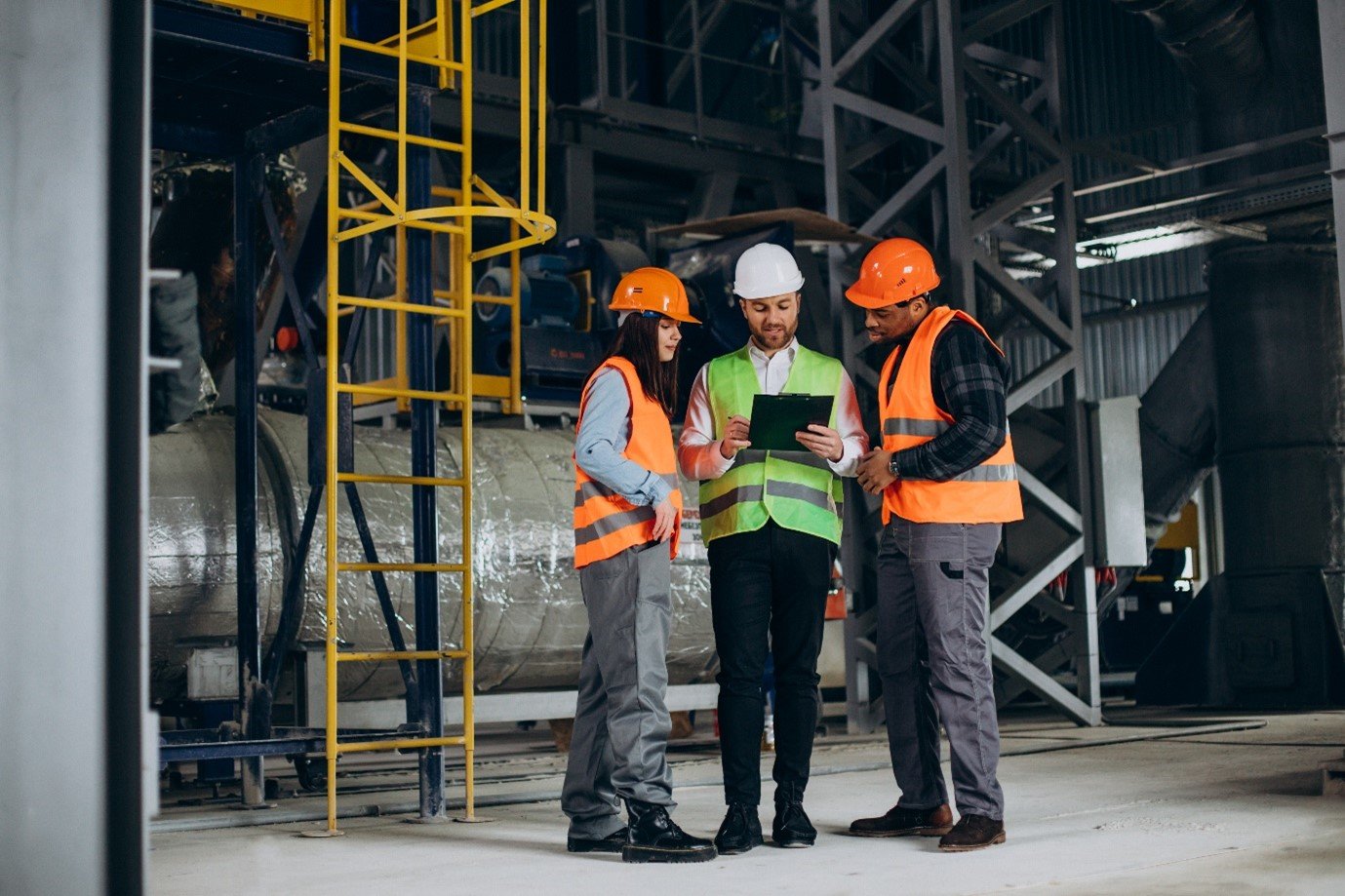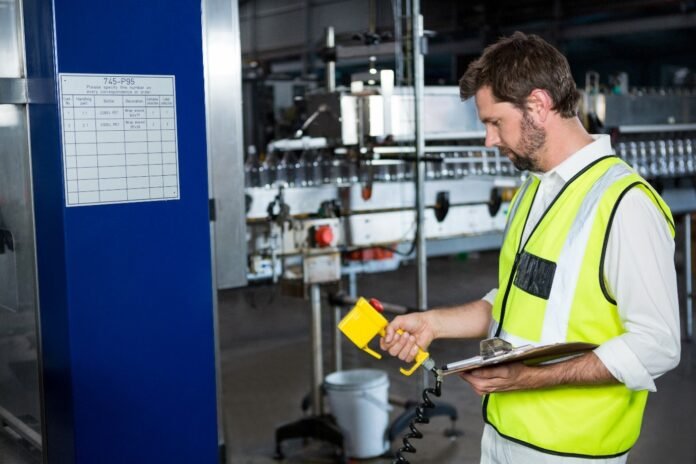Table of Contents
Introduction-
When it comes to lifting operations, safety and efficiency are of paramount importance. One key aspect of this is ensuring that all lifting equipment is regularly inspected and properly maintained. But why is lifting equipment inspection so crucial, and how can it benefit your business? In this article, we will explore the importance of lifting equipment inspection, the role it plays in ensuring safety and efficiency, and how to implement an effective inspection and maintenance program.
The Role of Lifting Equipment Inspection in Safety and Efficiency-
It is a critical process that helps ensure the safety and efficiency of lifting operations. Regular inspections can identify potential issues before they become dangerous or costly problems. Some of the key aspects of lifting equipment inspection include:
– Checking for signs of wear and tear, such as cracks, corrosion, or deformation
– Ensuring that all safety devices, such as limit switches and emergency stops, are functioning correctly
– Verifying that the equipment is properly lubricated and free from excessive dirt or debris
– Confirming that all load-bearing components are in good condition and capable of supporting the required loads
By identifying and addressing these issues, lifting equipment inspection can help prevent equipment failure, reduce the risk of accidents, and ensure that lifting operations are carried out efficiently and effectively.
The Consequences of Neglecting Lifting Equipment Inspection-
Failing to properly inspect and maintain lifting equipment can have severe consequences for both safety and efficiency. Some potential risks associated with neglecting to lift equipment inspection include:
– Increased likelihood of equipment failure, which can lead to accidents, injuries, and even fatalities
– Reduced efficiency due to equipment downtime and the need for costly repairs or replacements
– Legal and financial penalties for non-compliance with regulations and standards
– Damage to the company’s reputation and loss of customer trust
By implementing a robust lifting equipment inspection program, businesses can mitigate these risks and ensure that their lifting operations are safe, efficient, and compliant with relevant regulations.
Developing an Effective Inspection Checklist-
An inspection checklist is an essential tool for ensuring that all aspects of lifting equipment are thoroughly examined during each inspection. A comprehensive checklist should include:
– Visual inspection of all components for signs of wear, damage, or corrosion
– Functional tests of safety devices, such as limit switches and emergency stops
– Verification of proper lubrication and cleanliness
– Load testing to confirm the equipment’s capacity and stability
– Inspection of all electrical and control systems for proper operation and safety
By following a detailed inspection checklist, inspectors can ensure that no critical aspects of the equipment are overlooked, helping to maintain safety and efficiency in lifting operations.

The Importance of Preventative Maintenance-
Preventative maintenance is a crucial aspect of lifting equipment inspection, as it helps to address potential issues before they become serious problems. Some key elements of preventative maintenance include:
– Regularly replacing worn or damaged components
– Lubricating moving parts to reduce friction and wear
– Cleaning and removing dirt and debris to prevent buildup and obstruction
– Adjusting and calibrating components as needed to ensure optimal performance
By incorporating preventative maintenance into the lifting equipment inspection process, businesses can extend the lifespan of their equipment, reduce the likelihood of equipment failure, and maintain a high level of safety and efficiency in their lifting operations.
Determining the Appropriate Inspection Frequency-
It depends on several factors, including the type of equipment, the environment in which it is used, and the specific risks associated with its operation. Some general guidelines for inspection frequency include:
– Performing a visual inspection before each use of the equipment
– Conducting more thorough inspections at regular intervals, such as monthly, quarterly, or annually, depending on the equipment and its usage
– Carrying out additional inspections following any incidents, repairs, or modifications to the equipment
By establishing an appropriate inspection frequency, businesses can ensure that their lifting equipment remains in good condition and that any issues are identified and addressed promptly.
Ensuring Compliance with Regulations and Standards-
Lifting equipment inspection is not only important for safety and efficiency but also for compliance with relevant regulations and standards. In many countries, businesses are legally required to inspect and maintain their lifting equipment in accordance with specific guidelines. By implementing a thorough inspection and maintenance program, businesses can ensure that they meet these requirements and avoid potential legal and financial penalties.
Training and Competence for Lifting Equipment Inspectors-
To ensure that lifting equipment inspections are carried out effectively, it is crucial that inspectors have the necessary training and competence. This may include:
– Formal training in lifting equipment inspection techniques and procedures
– Familiarity with relevant regulations and standards
– Experience in inspecting and maintaining the specific types of lifting equipment used by the business
By investing in the training and development of their inspectors, businesses can ensure that their lifting equipment inspection processes are carried out to a high standard, helping to maintain safety and efficiency in their lifting operations.
The Benefits of Outsourcing Lifting Equipment Inspection Services-
While some businesses may choose to carry out lifting equipment inspections in-house, there are several benefits to outsourcing this function to a specialized service provider. These may include:
– Access to expert knowledge and experience in lifting equipment inspection
– Reduced burden on internal resources, allowing staff to focus on core business activities
– Assurance of compliance with relevant regulations and standards
– Provision of detailed inspection reports and recommendations for improvement
By outsourcing their lifting equipment inspection services, businesses can ensure that their lifting operations are safe, efficient, and compliant with all relevant requirements.
Conclusion-
It is a critical aspect of ensuring safety and efficiency in lifting operations. By implementing a robust inspection and maintenance program, businesses can identify and address potential issues before they become serious problems, reduce the risk of equipment failure, and ensure that their lifting operations are carried out safely and efficiently. Furthermore, regular inspections can help businesses maintain compliance with relevant regulations and standards, avoid legal and financial penalties, and protect their reputation in the industry. Whether carried out in-house or outsourced to a specialized service provider, lifting equipment inspection is an essential process that should not be overlooked.








